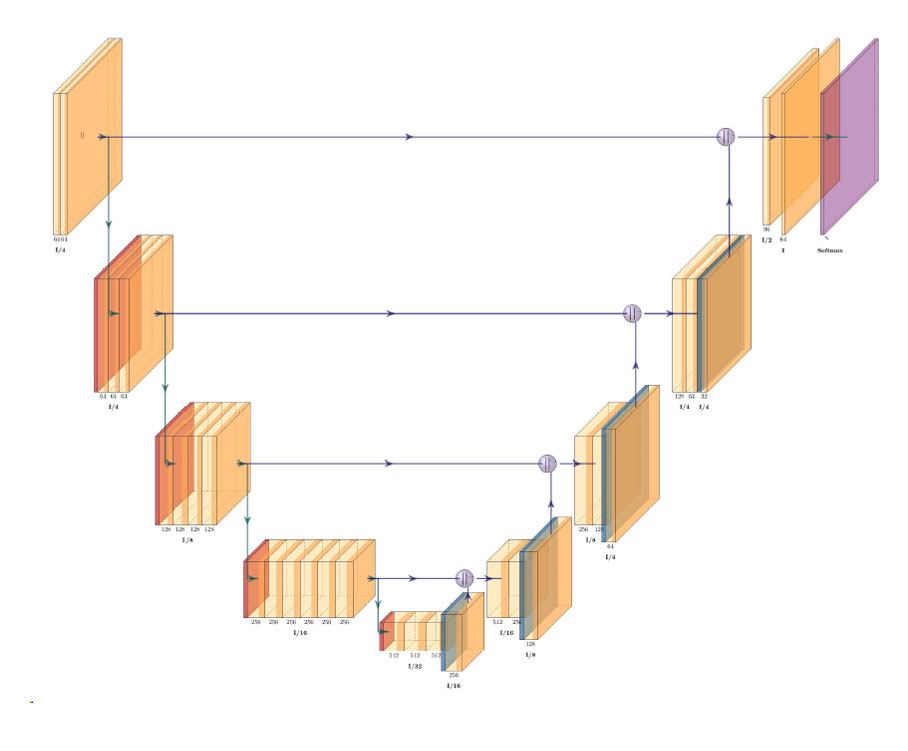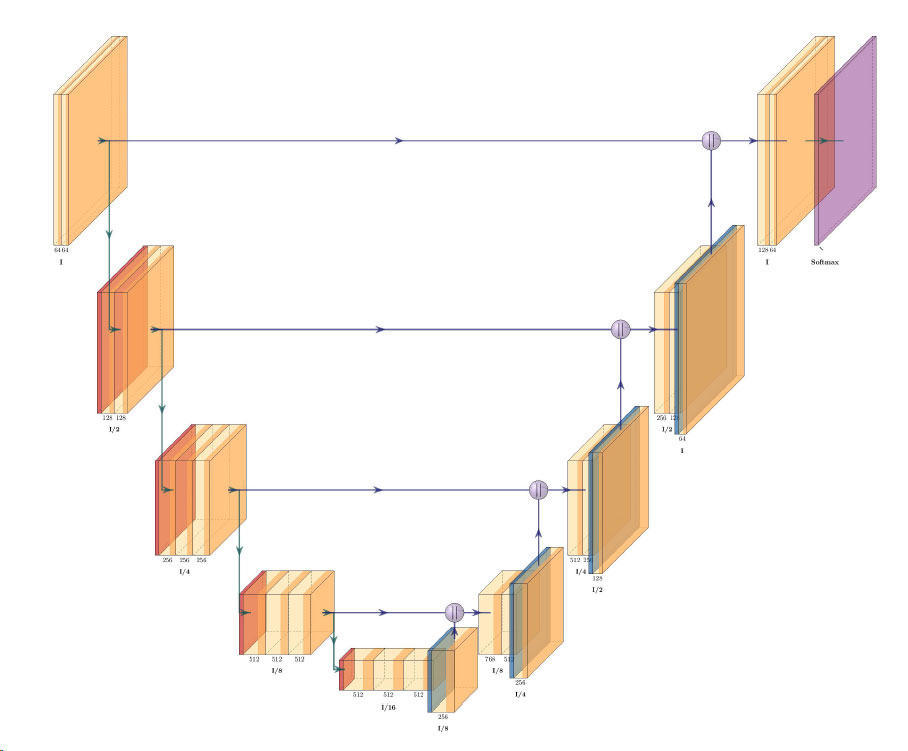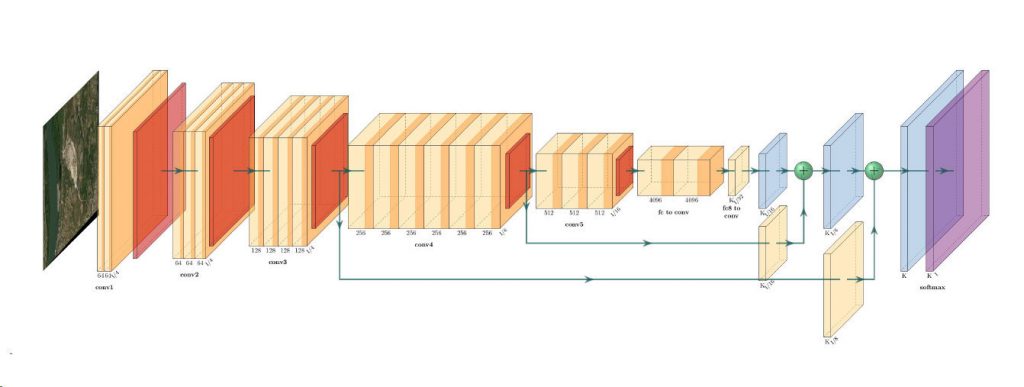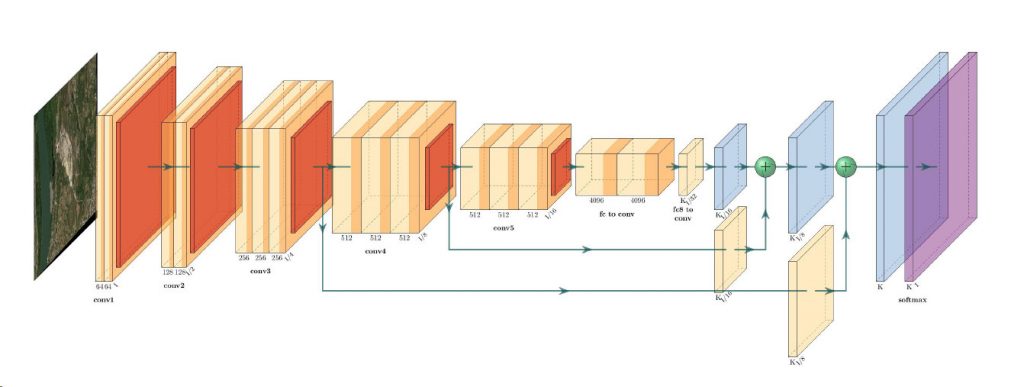Satellite Imagery shows whales held captive in Russia
- European Space Imaging
Satellite images show whales being held captive in Russia’s Srednyaya Bay amongst international outcries for the animals’ release.
Reports say that up to 100 whales are being illegally held in small pens near Nakhodka, Russia. The collection of both orcas (killer whales) and belugas are likely destined for marine parks in China, according to Greenpeace.
French marine scientist, Jean-Michel Cousteau plans to meet with Moscow officials to visit the site on Saturday.
A criminal investigation has been launched as four Russian companies are being accused of animal cruelty and violating fishing regulations.
Some animal experts are concerned that the whales may be showing signs of hypothermia as ice collects around and even inside the small pens. This can be clearly seen in the satellite images.
Very High Resolution imagery is being utilized internationally by both maritime surveillance agencies and animal rights groups to shed light on illicit fishing operations and aid in legal proceedings
Adrian Zevenbergen, European Space Imaging Managing Director
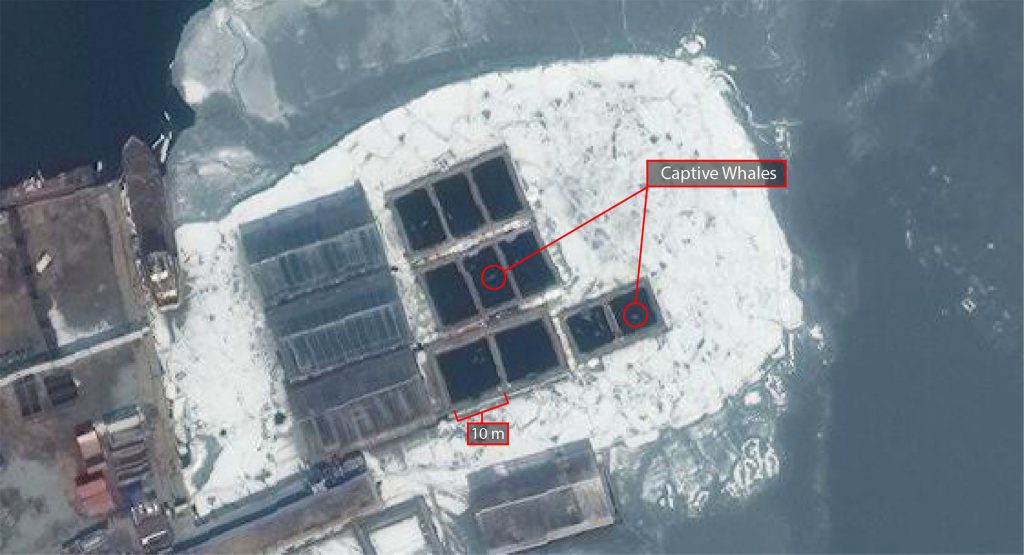
Close up view of whale pens with several visible animals. Satellite Imagery © 2019 DigitalGlobe, A Maxar Company – provided by European Space Imaging
He went on to say, “In these images captured by WorldView-3 in late February, a number of whales can be seen inside the pins, which may provide crucial evidence as international criminal investigations move forward.”
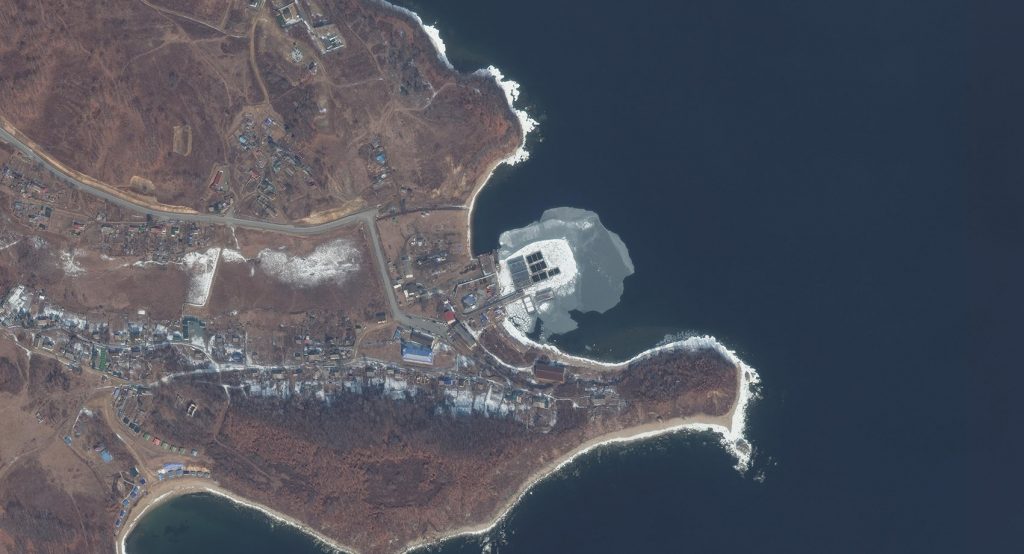
Satellite image captured on 22 Feb. 2019 at 30 cm resolution showing at least ten whale pens in Srednyaya Bay Satellite Imagery © 2019 DigitalGlobe, A Maxar Company – provided by European Space Imaging
For more information on how satellite imagery aids in maritime surveillance activities, please visit our Maritime page.
Related Stories
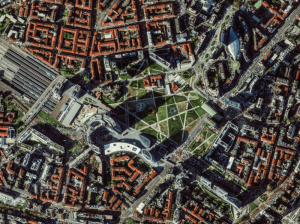
Europe’s Green and Digital Transformations with 25 Years of VHR Satellite Archive Data
Planning Europe’s future without knowing its past is impossible. The European Green Deal, Horizon Europe, the EU Biodiversity Strategy for 2030 and other policies all demand one thing: evidence. Not just today’s data, but years of history that show how our cities, forests, and coastlines have changed.
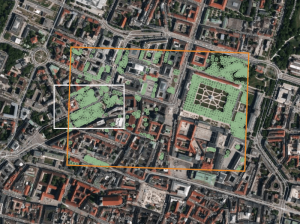
AI Uses 15 cm Satellite Images to Cut Costs and Increase Scalability in Forest Management and Urban Forestry
Forest managers across Europe face an impossible task: monitor millions of hectares with shrinking budgets while meeting increasingly strict EU environmental targets. But with the rise of AI and satellite technology, they now have new solutions at their disposal – smarter, cheaper, and more scalable – to monitor forest health, automate tree inventories, and plan sustainable logging. In this article, we introduce one of these solutions: an AI forestry algorithm developed by Arboair using 15 cm satellite data from EUSI.

GEOSeries: Extracting Insights From High Resolution SAR Imagery for Time-Sensitive Analysis
In this webinar, industry experts and advanced users of Umbra SAR data showcase how they transform SAR imagery into actionable insights in real-world mapping, monitoring and intelligence applications. See how NV5 and Umbra leverage ENVI SAR Essentials for advanced processing with time-efficient results, converting analytics into valuable intelligence.
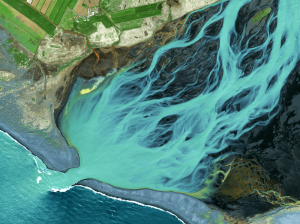
Using Satellite Imagery to Build Water Resilience Across Europe
Water across Europe is facing severe pressure. Climate change, urbanisation, agricultural demands and other sources of pollution are threatening water security and creating critical challenges that need to be addressed. We have to act quickly, build stronger systems and create sustainable water resilience practices – so that both natural ecosystems and human communities can thrive. Here is how satellite imagery from EUSI can help.


